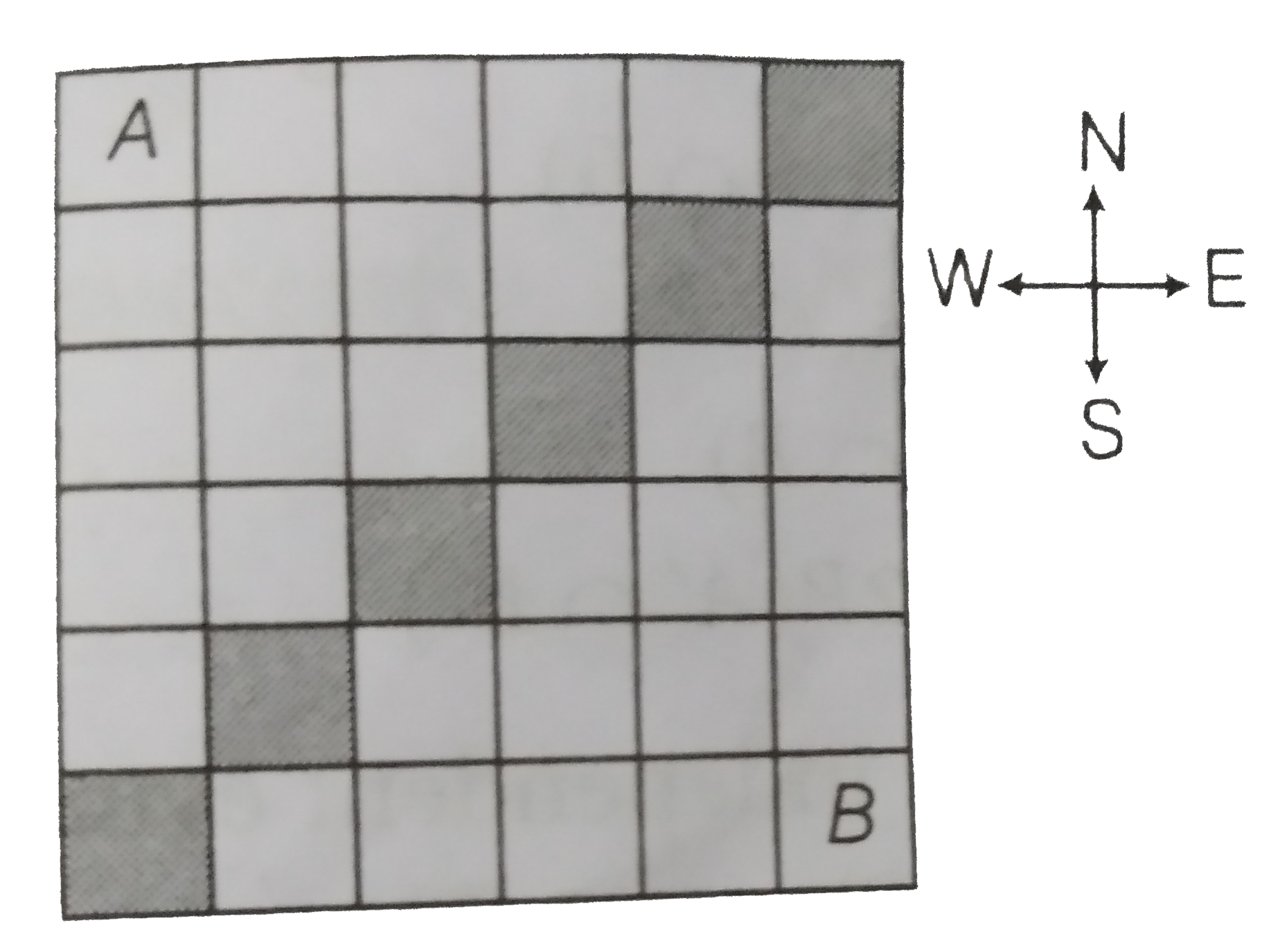If A and B are two events, the probability that exactly one of them occurs is given by Solution in Punjabi
P(A)+P(B)−2P(A∩B)
P(A∩B')+P(A'∩B)
P(A∪B)−P(A∩B)
P(A')+P(B')−2P(A'∩B')
The correct Answer is:(a,b,c,d)
Step by step video & image solution for If A and B are two events, the probability that exactly one of them occurs is given by by Maths experts to help you in doubts & scoring excellent marks in Class 12 exams.
Updated on:21/07/2023Topper's Solved these Questions
- PROBABILITYBOOK - ARIHANT MATHSCHAPTER - PROBABILITYEXERCISE - Exercise (Passage Based Questions)
26 Videos
- PROBABILITYBOOK - ARIHANT MATHSCHAPTER - PROBABILITYEXERCISE - Exercise (Single Integer Answer Type Questions)
10 Videos
- PROBABILITYBOOK - ARIHANT MATHSCHAPTER - PROBABILITYEXERCISE - Probability Exercise 1: Single Option Single Correct Type Question
1 Videos
- PERMUTATIONS AND COMBINATIONS BOOK - ARIHANT MATHSCHAPTER - PERMUTATIONS AND COMBINATIONS EXERCISE - Exercise (Questions Asked In Previous 13 Years Exam)
28 Videos
- PRODUCT OF VECTORSBOOK - ARIHANT MATHSCHAPTER - PRODUCT OF VECTORSEXERCISE - Exercise (Questions Asked In Previous 13 Years Exam)
52 Videos
Similar Questions
If p and q are chosen randomly from the set {1,2,3,4,5,6,7,8,9,10} with replacement, determine the probability that the roots of the equation x2+px+q=0 are real.
View SolutionA bag contains n+1 coins. If is known that one of these coins shows heads on both sides, whereas the other coins are fair. One coin is selected at random and tossed. If the probability that toss results in heads is 7/12, then find the value of n.
View SolutionA and B are persons standing in corner square as shown in the figure. They start to move on same time with equal speed, of A can move in East or South diretion and B can move in North or West diretion. If in each step they reach in next square and their choice of direction are equlity. If it is given that A and B meet in shaded region, then the probability that they have met in the top most shaded square, is

View SolutionThere is a rectangular sheet of dimension (2m−1)×(2n−1), (where m>0,n>0) It has been divided into square of unit area by drawing line perpendicular to the sides. Find the number of rectangles having sides of odd unit length.
View SolutionLet O be the origin and let PQR be an arbitrary triangle. The point S is such that ¯¯¯¯¯¯OP⋅¯¯¯¯¯¯OQ+¯¯¯¯¯¯OR⋅¯¯¯¯¯¯OS=¯¯¯¯¯¯OR⋅¯¯¯¯¯¯OP+¯¯¯¯¯¯OQ⋅¯¯¯¯¯¯OS=¯¯¯¯¯¯OQ⋅¯¯¯¯¯¯OR+¯¯¯¯¯¯OP⋅¯¯¯¯¯¯OS Then the triangle PQR has S as its
View SolutionIf M and N are any two events,then the probability that exactly one of them occurs is
View SolutionIf A and B are any two events, then the probability that exactly one of them occur is
View Solutionयदि M और N कोई दो घटनाएं हैं तो दोनों में से ठीक एक के होने की प्रायिकता है
View SolutionIf A and B are any two events, then the probability that exactly one of them occur is:
View SolutionIf A and B are any two events then the probability that exactly one of them occur is ……………..
View SolutionGiven two independent events, if the probability that exactly one of them occurs is 26/49 and the probability that none of them occurs is 15/49, then the probability of more probable of two events is
View SolutionIf M and N are any two events, then the probability that exactly one of them occurs is
View SolutionIf A and B are any two events, then the probability that exactly one of them occurs is
View SolutionIf A and B are any two events, then the probability that exactly one of them occur is
View SolutionIf M and N are any two events, then the probability that exactly one of them occurs is
View SolutionIf A and B are any two events, the probability that exactly one of them occurs is
View Solution
